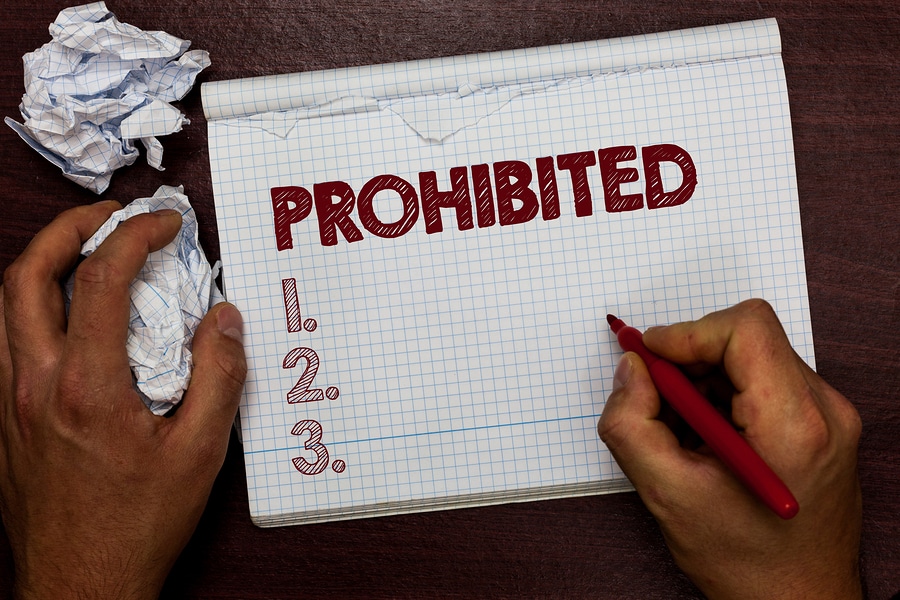What NOT to do when it Comes to Hard Drive Destruction

Updating technology can be expensive, but when your business makes the switch to new equipment, devices, and software, you have the opportunity to improve operations, gain a competitive edge, increase employee efficiency, and boost profits as a result. The flip side is that you have to get rid of old equipment when you upgrade.
This includes destroying hard drives that contain sensitive data, which means you need to follow laws related to approved data destruction practices. Since hard drives are also physical devices, you need to be careful to comply with environmental laws related to e-waste destruction and recycling, as well.
You might think there are many ways to accomplish these goals, but the truth is, many businesses get into trouble thinking they can skirt laws and do things their own way. This not only opens you up to risks like data breach and identity theft, but you could get nailed with penalties for failure to comply with applicable laws. Here are just a few common mistakes you’ll want to avoid when it comes to hard drive destruction.
Letting Hard Drives Sit
Unsecure storage of old hard drives is a major no-no. You wouldn’t let a trashed car sit in your driveway, leaking oil everywhere – you’d get it towed to the junkyard. You wouldn’t leave personal documents with your SSN or credit card numbers sitting in your unlocked car for anyone to swipe – you’d file them in a locked cabinet or shred them so no one can steal your data.
The same basic principle applies to hard drives that contain confidential business or consumer data, which you have a legal and ethical obligation to safeguard. When hard drives languish unchecked, your risks for theft increase. To reduce the risk of internal threats, you need to arrange proper hard drive destruction or disposal as soon as possible.
Destroying Data Too Soon
There are cases in which you may have to store certain types of data for a specific amount of time (particularly pertaining to financial or medical data). In some cases, this is as easy as migrating data to new storage devices so you can legally destroy old ones, but you need to arrange for this before you send old hard drives out for destruction.
DIY Hard Drive Destruction
DIY hard drive destruction is a mistake on so many levels. First and foremost, it can be dangerous. Pounding nails into hard drives, dipping them in acid baths, or trying to run them through commercial shredders that aren’t properly configured can leave you with a mangled hard drive, but may also lead to employees in the emergency room.
In addition, these methods do not ensure complete destruction of data which could still potentially be retrieved from a missed part or piece of the drive. They also do not, in any way, meet standards for approved data destruction. This means you won’t be in compliance with applicable privacy laws and additional industry regulations you may be required to follow.
Choosing a Partner without Comparison Shopping
Turning your hard drives over to a professional IT asset disposition service is wise, but only if you choose the right partner. Choose an ITAD vendor that offers certifications, transparency, and proven results that are required to keep your business and your customers safe.
If your Sioux Falls, SD, North Dakota, or Omaha area business needs reliable hard drive destruction services, contact the qualified professionals at SEAM today at 605-274-7326 (SEAM) or online to learn more.
SEAM provides IT recycling and data destruction services including onsite shredding and hard drive wiping to South Dakota, North Dakota, Minnesota, Iowa, and Nebraska.
Schedule a pickup or contact us for more information.





